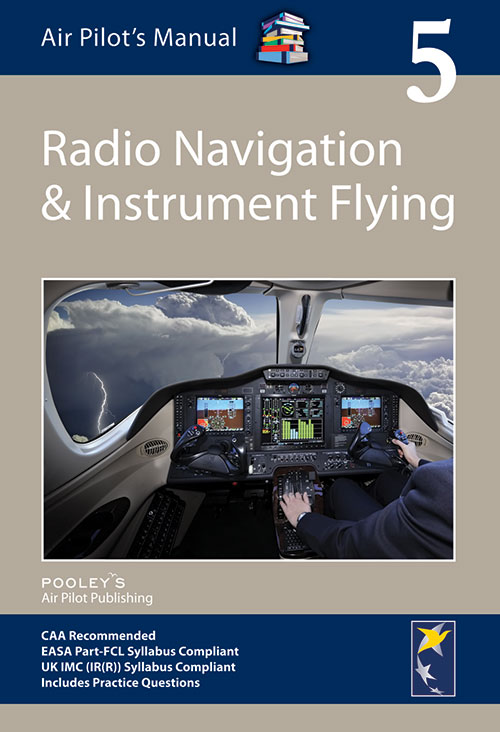
A meridian 15° east of the prime meridian will be marked 15° East Longitude. For example, the meridian 1° west of the prime meridian will be marked on a globe or map as 1° West Longitude. These constitute the lines of longitude each called by a number of degrees. 5) is west of the prime meridian point B is east of the prime meridian.įor greater exactness the entire surface of the earth is divided by many other meridians. Points on the surface of the earth can now be considered as lying either east or west of the prime meridian. One is the Eastern and the other the Western Hemisphere. If the prime meridian is continued around through the North Pole down the other side of the earth to the South Pole, it will divide the earth into two halves. 4.-The prime meridian divides the earth into the Eastern and Western Hemispheres. The one which runs through the town of Greenwich in England is called the prime meridian.įig.

4) running from the North Pole to the South Pole on the surface of the earth are called meridians. The North and South Poles and the equator are the basis for a system whereby man can determine his position on the surface of the earth, the system of latitude and longitude.Ĭurved lines (as shown in Fig. A point on the equator travels the greatest distance in the course of one day. The equator is an imaginary circle running around the middle of the earth, halfway between the North Pole and the South Pole. These are the only two points on the earth that do not spin around the axis. The North Pole and South Pole are defined as points where the axis of the earth enters the surface of the earth. This pin is called the axis of the earth. That the earth revolves from west to east as though a gigantic pin were stuck through it. That the earth is a sphere (ever so slightly flattened at the top, bulging just a little around the middle).Ģ. If our observer could now cross interstellar space and get close enough to the earth he would see:ġ.

Not the geography of the flat world of our own neighborhood, but the geography of the earth as a sphere has suddenly acquired a paramount importance in our daily lives.Īn observer out in space would see the earth as one of a family of nine planets all revolving in elliptical paths around the sun. The student of air navigation, like the student of military science, is today a student of geography. But all navigation depends on the proper use of maps, and an understanding of maps is based on an understanding of a few basic facts about our spherical earth. It may seem a little odd at first glance to begin the study of air navigation with a study of the globe. Job 5: Measuring Distance on Aeronautical Charts Any Air Traffic Controller who is interested in the future of his/her profession should read this book in order to acquire adequate background knowledge for the years to come.’ The Controller ’A book that should be on the shelves of the libraries in all civil aviation authorities and aeronautical colleges.’ Aerospace International ’.provides the reader with both a historical perceptive and an easy-to-read CNS/ATM system concept.AIR PILOTING Chapter I MAPS, AERONAUTICAL CHARTS, AND AIR PILOTING

It is a welcome handbook for all those concerned about the future of air navigation.’ Air Safety Week ’.well written and well structured.It provides an enlightening overview of the ICAO CNS/ATM system as well as of ICAO’s institutional mechanisms that make the global implementation of FANS possible. Abeyratne, Air Transport Officer, ICAO (The Aviation Quarterly) ’.most useful as a source book on CNS/ATM policies, architecture and acronyms. D., Director, ATC Program, Embry-Riddle Aeronautical University ’The main strength of the book lies in its ability to make itself understood by the non-scientist professional.written in a fluid, highly readable style, where tinges of the author’s erudition frequently emerge without making it overtly pretentious.excellent book.a sound study on FANS.’ Dr Ruwantissa I.R.

’I fully believe that this work will help to bring this crucial information, which describes the profound changes along with the expected benefits, to a wide cross section of the civil aviation community.’ from the foreword by Philippe Rochat, Secretary General, ICAO ’Vince Galotti has given us a comprehensive, easy to understand, road-map that helps bridge the gap in our ability to visualize the impact of moving from the 60 year old terrain-based ATC system to the CNS/ATM environment of the 21st century.It is clear and concise.’ from the foreword by Marvin L.


 0 kommentar(er)
0 kommentar(er)
